Home>Furniture & Design>Bathroom Accessories>How To Get Purple Stain Out Of Bathtub
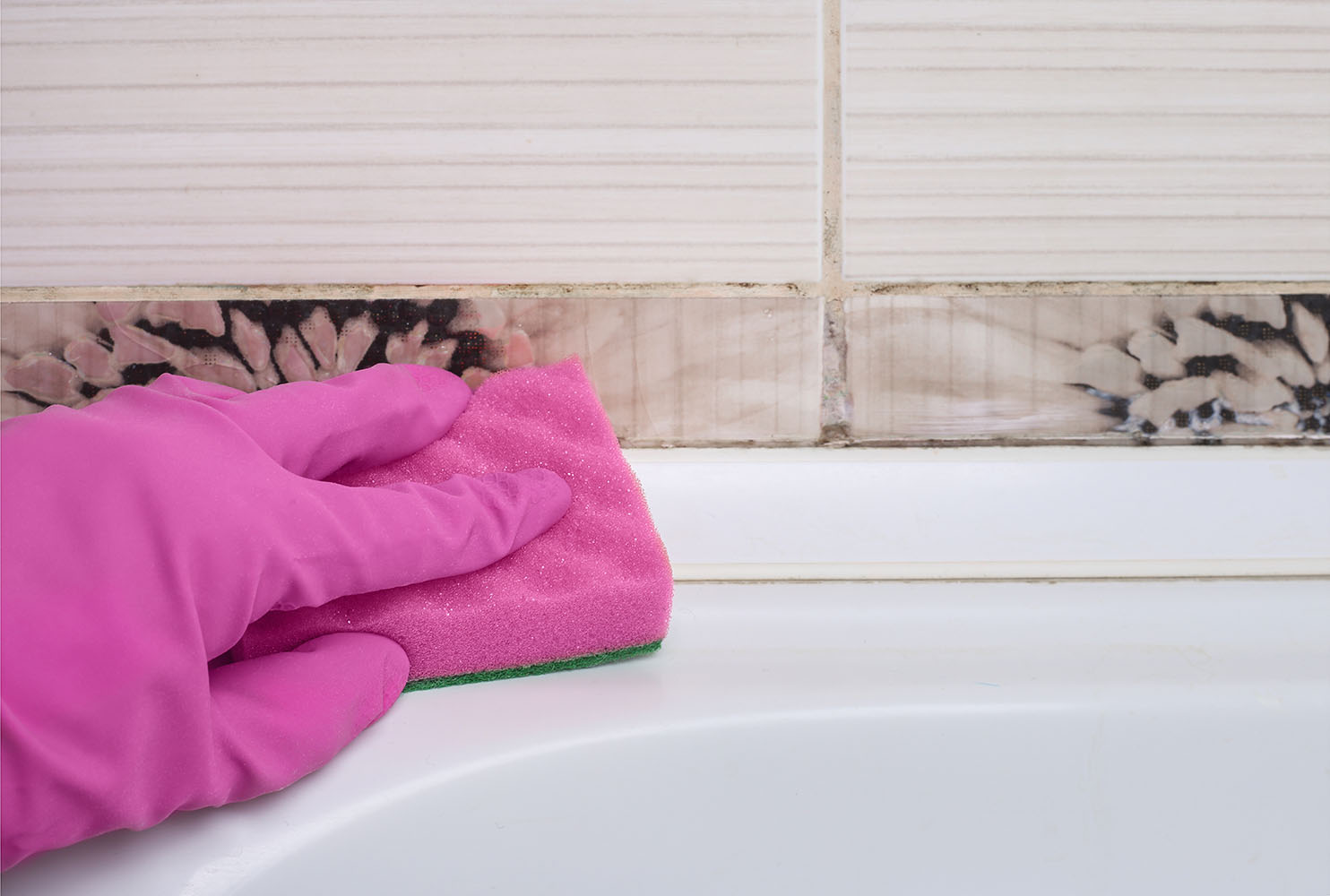

Bathroom Accessories
How To Get Purple Stain Out Of Bathtub
Published: February 20, 2024
Learn effective methods for removing stubborn purple stains from your bathtub with our top bathroom accessories. Say goodbye to unsightly stains for good!
(Many of the links in this article redirect to a specific reviewed product. Your purchase of these products through affiliate links helps to generate commission for Storables.com, at no extra cost. Learn more)
Introduction
Dealing with stubborn purple stains in your bathtub can be a frustrating and perplexing experience. These unsightly blemishes not only detract from the overall appearance of your bathroom but also pose a challenge when it comes to effective cleaning. Whether you've encountered these stains for the first time or have been battling them for a while, it's essential to understand their root cause and the most effective methods for removal.
In this comprehensive guide, we will delve into the underlying reasons behind the formation of purple stains in bathtubs and explore the materials required for their successful elimination. Additionally, we will provide a detailed, step-by-step approach to effectively remove these stains and offer valuable insights into preventing their recurrence in the future.
By the end of this guide, you will be equipped with the knowledge and practical know-how to tackle purple stains in your bathtub with confidence and achieve a sparkling, pristine bathroom environment. Let's embark on this journey to restore the luster of your bathtub and reclaim the tranquility of your bathing space.
Key Takeaways:
- Say goodbye to purple stains in your bathtub by using white vinegar, baking soda, and gentle scrubbing. Prevent future stains with regular cleaning, water softeners, and prompt drying of surfaces.
- Combat stubborn purple stains with a powerful cleaning paste and gentle scrubbing. Keep your bathtub pristine by using water softeners, prompt drying, and regular maintenance.
Read more: How To Get A Stain Out Of A Bathtub
Understanding the Cause of Purple Stains
The appearance of purple stains in bathtubs can be attributed to a variety of factors, with the most common culprit being the presence of mineral deposits. These deposits, often containing manganese, can accumulate over time due to hard water conditions. When water with high mineral content comes into contact with the surface of the bathtub, it can leave behind these stubborn purple stains, creating an unsightly and challenging cleaning dilemma.
In addition to mineral deposits, the growth of certain types of bacteria and fungi can also contribute to the formation of purple stains. For instance, the presence of Pseudomonas aeruginosa, a common bacterium found in moist environments, can lead to the development of purple discoloration on surfaces, including bathtub interiors. This microbial activity, combined with the accumulation of mineral deposits, can intensify the severity of the stains and make them more resistant to conventional cleaning methods.
Furthermore, the use of certain personal care products, such as shampoos, conditioners, and body washes, can contain dyes and pigments that, over time, may contribute to the discoloration of the bathtub surface. These pigments can interact with the minerals in the water, leading to the formation of persistent purple stains that are challenging to remove.
It's important to note that the presence of purple stains in bathtubs is not solely a result of poor cleaning habits or neglect. Even with regular cleaning and maintenance, these stains can develop due to the complex interplay of mineral content, microbial activity, and the chemical composition of personal care products.
Understanding the multifaceted nature of the causes behind purple stains is crucial in devising an effective strategy for their removal. By gaining insight into the underlying factors contributing to these stains, you can approach the cleaning process with a targeted and informed approach, increasing the likelihood of successful stain removal and preventing their recurrence.
In the next section, we will explore the essential materials needed to tackle and eliminate these stubborn purple stains, equipping you with the necessary tools to restore the pristine condition of your bathtub.
Materials Needed for Removing Purple Stains
To effectively combat and eliminate stubborn purple stains from your bathtub, you will need a selection of specialized materials that are specifically designed to target and remove these blemishes. Equipping yourself with the right tools and cleaning agents is essential in achieving successful stain removal without causing damage to the bathtub surface. Here are the essential materials required for effectively removing purple stains:
-
White Vinegar: White vinegar is a versatile and effective natural cleaning agent that can help dissolve mineral deposits and combat microbial growth. Its acidic nature makes it particularly adept at breaking down the stubborn purple stains, facilitating their removal from the bathtub surface.
-
Baking Soda: This common household ingredient serves as a gentle abrasive cleaner, aiding in the mechanical removal of stains without causing damage to the bathtub finish. When combined with white vinegar, baking soda forms a powerful yet non-abrasive cleaning paste that can effectively target and lift purple stains.
-
Soft-bristled Brush or Sponge: Utilizing a soft-bristled brush or sponge is crucial for gently scrubbing the bathtub surface without scratching or compromising its integrity. These tools provide the necessary mechanical agitation to dislodge and lift the purple stains, working in tandem with the cleaning agents for optimal results.
-
Rubber Gloves: When dealing with cleaning agents and potentially stubborn stains, it's important to protect your hands with rubber gloves. These gloves provide a barrier against harsh chemicals and ensure your skin remains safe during the cleaning process.
-
Microfiber Cloth: A microfiber cloth is ideal for drying and buffing the bathtub surface after the stain removal process. Its soft and absorbent texture helps in achieving a streak-free and polished finish, restoring the luster of the bathtub.
-
Commercial Cleaner (Optional): In cases where the purple stains are particularly stubborn or extensive, a commercial cleaner specifically formulated for mineral deposit removal may be utilized. These cleaners often contain powerful yet safe ingredients designed to target and dissolve tough stains without damaging the bathtub surface.
By assembling these essential materials, you will be well-prepared to embark on the journey of removing purple stains from your bathtub with confidence and precision. In the subsequent section, we will delve into a detailed, step-by-step guide to effectively eliminate these stubborn blemishes and restore the pristine condition of your bathtub.
Step-by-Step Guide to Remove Purple Stains
-
Prepare the Cleaning Solution: Begin by creating a cleaning solution using white vinegar and baking soda. In a small bowl, mix a cup of white vinegar with a few tablespoons of baking soda to form a paste-like consistency. The combination of these two ingredients will create a powerful cleaning agent capable of breaking down and lifting the stubborn purple stains from the bathtub surface.
-
Apply the Cleaning Solution: Using a soft-bristled brush or sponge, apply the prepared cleaning solution directly onto the purple stains. Ensure that the affected areas are generously coated with the cleaning paste, allowing it to penetrate and work its magic on the stains.
-
Gentle Scrubbing: With the cleaning solution in place, gently scrub the affected areas using circular motions. The mild abrasive nature of the baking soda, combined with the acidic properties of the vinegar, will facilitate the breakdown and dislodging of the purple stains without causing damage to the bathtub surface.
-
Allow Dwell Time: After scrubbing, allow the cleaning solution to dwell on the stains for approximately 15-20 minutes. This dwell time is crucial for the active ingredients to effectively penetrate and dissolve the mineral deposits and microbial discoloration, preparing them for easy removal.
-
Rinse and Wipe: Once the dwell time has elapsed, thoroughly rinse the bathtub surface with water to remove the cleaning solution and dislodged stains. Use a microfiber cloth to wipe and dry the bathtub, ensuring that no residue is left behind.
-
Inspect and Repeat if Necessary: After the initial cleaning process, inspect the bathtub surface for any remaining purple stains. If some stains persist, repeat the application of the cleaning solution and gentle scrubbing until the stains are completely removed.
-
Optional Use of Commercial Cleaner: In cases where the purple stains prove to be particularly stubborn, consider using a commercial cleaner specifically formulated for mineral deposit removal. Follow the manufacturer's instructions for application and safety precautions, and ensure thorough rinsing of the bathtub surface after use.
-
Final Rinse and Dry: Once the purple stains have been successfully removed, give the bathtub a final rinse with water to ensure all cleaning agents are completely removed. Use a clean microfiber cloth to dry and buff the surface, leaving it gleaming and free from any residual stains.
By following this step-by-step guide, you can effectively tackle and eliminate purple stains from your bathtub, restoring its pristine condition and enhancing the overall appeal of your bathroom space. With the right materials and a systematic approach, you can bid farewell to stubborn purple stains and enjoy a sparkling, blemish-free bathtub once again.
Preventing Future Purple Stains
Preventing the recurrence of purple stains in your bathtub is essential to maintain a pristine and inviting bathing space. After successfully removing the existing stains, implementing preventive measures can help safeguard your bathtub against future discoloration and minimize the need for intensive cleaning. Here are proactive steps you can take to prevent the reappearance of purple stains:
Read more: How To Get Yellow Stains Out Of A Bathtub
Regular Cleaning and Maintenance
Consistent and thorough cleaning of your bathtub is paramount in preventing the buildup of mineral deposits and microbial growth that contribute to purple stains. Establish a regular cleaning routine using gentle, non-abrasive cleaners to remove any residual soap scum, oils, and mineral residue from the bathtub surface. By maintaining a clean environment, you can mitigate the conditions that foster the development of purple stains.
Use of Water Softeners
If your area is prone to hard water, consider installing a water softening system to reduce the mineral content in your water supply. Water softeners work by replacing calcium and magnesium ions with sodium ions, effectively minimizing the formation of mineral deposits on the bathtub surface. By addressing the root cause of hard water, you can significantly decrease the likelihood of purple stains.
Prompt Drying of Bathtub Surface
After each use, ensure that the bathtub surface is thoroughly dried to prevent the accumulation of moisture, which can create an ideal environment for microbial growth. Using a squeegee or microfiber cloth to remove excess water from the bathtub surface can help prevent the formation of purple stains resulting from prolonged moisture exposure.
Regular Inspection and Maintenance of Fixtures
Inspect and maintain the fixtures and plumbing associated with your bathtub to address any potential sources of mineral buildup or microbial activity. Leaky faucets, showerheads, or pipes can contribute to the introduction of mineral-rich water and create conducive conditions for stain formation. Addressing any leaks or issues promptly can help prevent the recurrence of purple stains.
Read more: How To Get Out Of A Bathtub
Use of Protective Coatings
Consider applying a protective coating or sealant specifically designed for bathtubs to create a barrier against mineral deposits and microbial growth. These coatings can provide an additional layer of defense, making it easier to clean and maintain the bathtub surface while minimizing the risk of purple stains.
By incorporating these preventive measures into your regular maintenance routine, you can effectively safeguard your bathtub against the reappearance of purple stains, ensuring a clean and inviting bathing environment for the long term. Proactive maintenance and targeted interventions can help preserve the pristine condition of your bathtub and minimize the need for extensive stain removal in the future.
Conclusion
In conclusion, the presence of purple stains in bathtubs can be a persistent and vexing issue, often stemming from a combination of mineral deposits, microbial activity, and the interaction of personal care products with water. Understanding the multifaceted nature of these stains is crucial in devising an effective strategy for their removal and prevention.
By delving into the underlying causes of purple stains, we've gained valuable insights into the complex interplay of mineral content, microbial growth, and chemical interactions that contribute to their formation. Armed with this understanding, we can approach the task of stain removal with targeted and informed methods, increasing the likelihood of successful elimination.
Equipped with essential materials such as white vinegar, baking soda, soft-bristled brushes, and protective gloves, we are well-prepared to embark on the journey of restoring the luster of our bathtubs. The step-by-step guide provided offers a systematic approach to effectively combat and eliminate stubborn purple stains, ensuring that our bathing spaces regain their pristine condition.
Furthermore, the proactive measures outlined for preventing the recurrence of purple stains empower us to maintain a clean and inviting bathing environment for the long term. By incorporating regular cleaning, the use of water softeners, prompt drying of surfaces, and the application of protective coatings, we can safeguard our bathtubs against future discoloration and minimize the need for intensive stain removal.
In essence, the battle against purple stains in bathtubs is not merely a quest for cleanliness but a strategic endeavor to preserve the beauty and functionality of our bathing spaces. By arming ourselves with knowledge, essential materials, and preventive measures, we can conquer the challenge of purple stains and enjoy the tranquility of a sparkling, blemish-free bathtub.
As we bid farewell to the frustration of purple stains, let us embrace the empowerment that comes with understanding and conquering these cleaning challenges. With the right tools, techniques, and preventive strategies at our disposal, we can revel in the rejuvenation of our bathtubs and savor the serenity of a pristine bathing sanctuary.
Frequently Asked Questions about How To Get Purple Stain Out Of Bathtub
Was this page helpful?
At Storables.com, we guarantee accurate and reliable information. Our content, validated by Expert Board Contributors, is crafted following stringent Editorial Policies. We're committed to providing you with well-researched, expert-backed insights for all your informational needs.
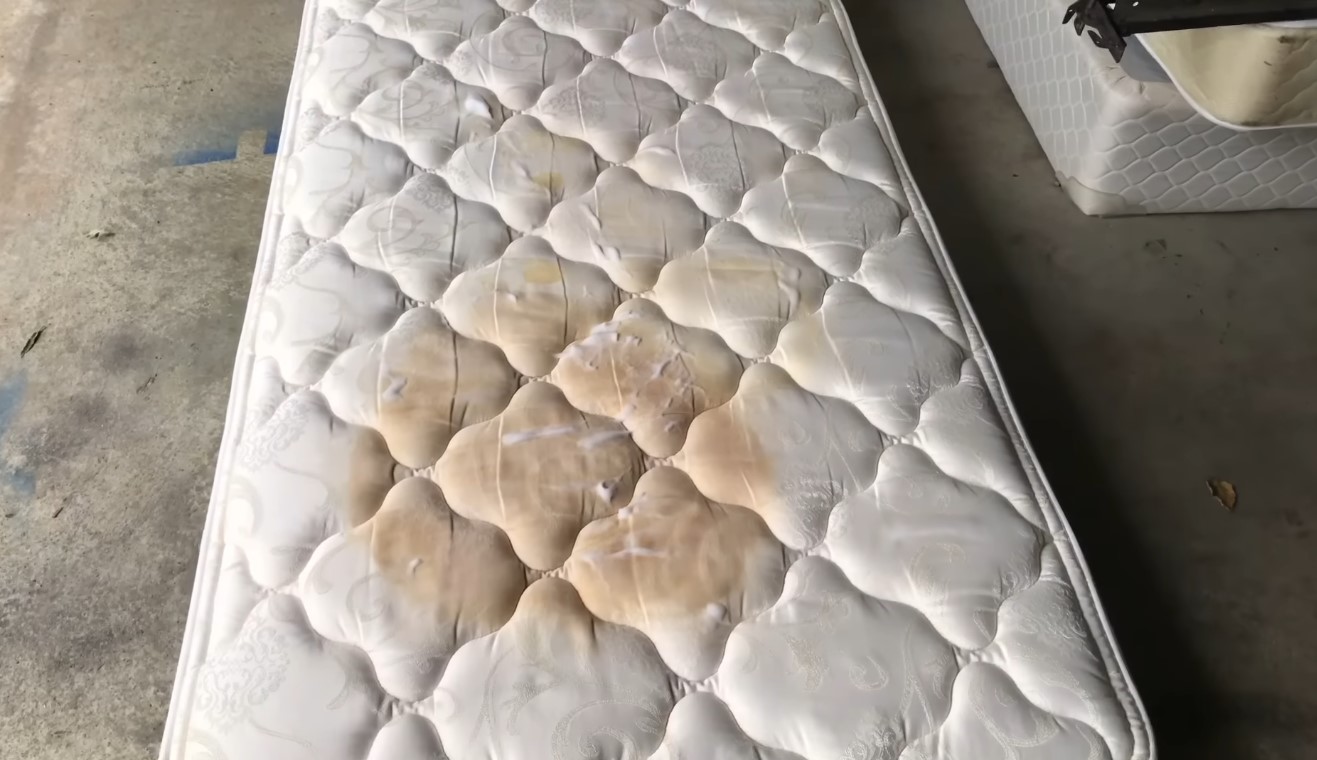
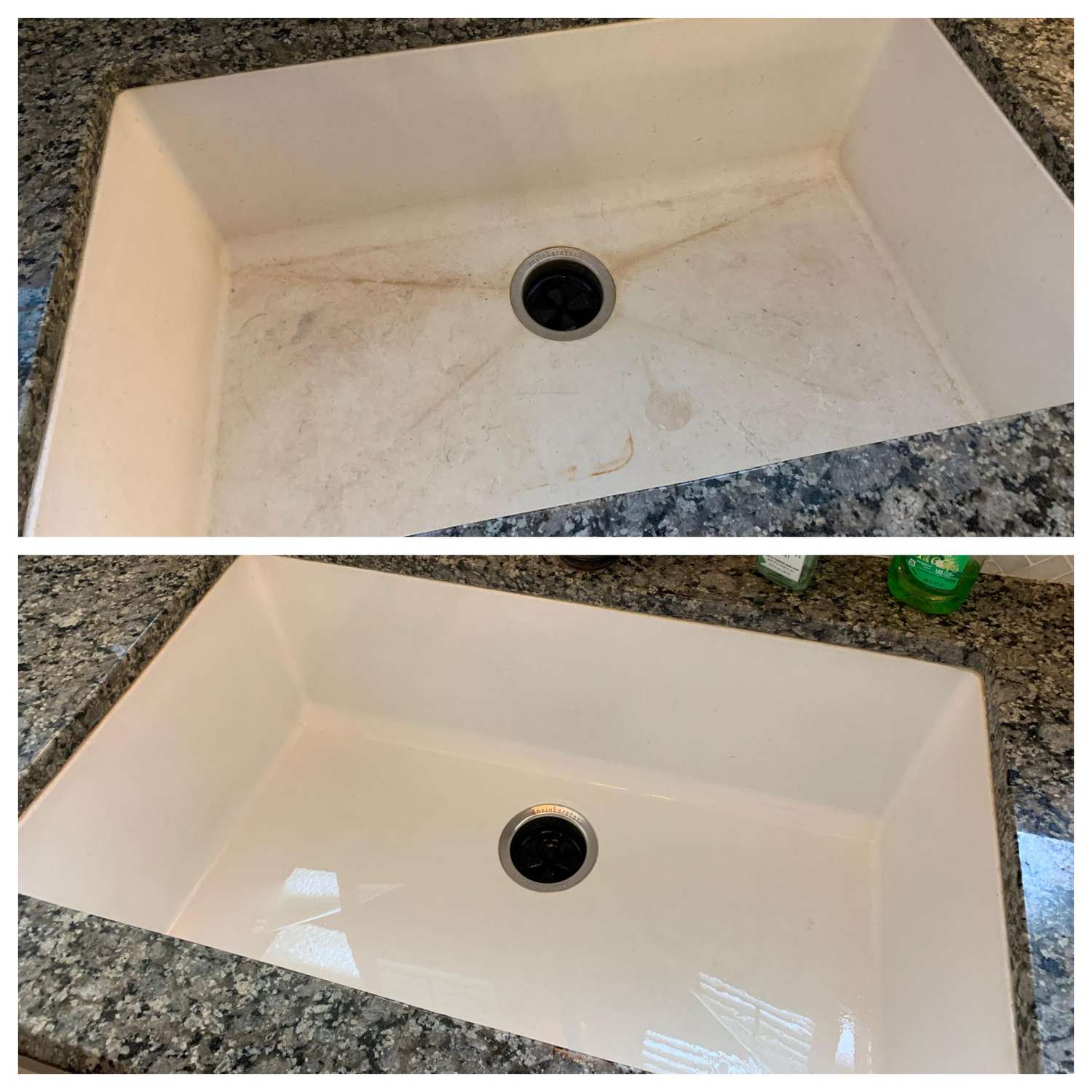
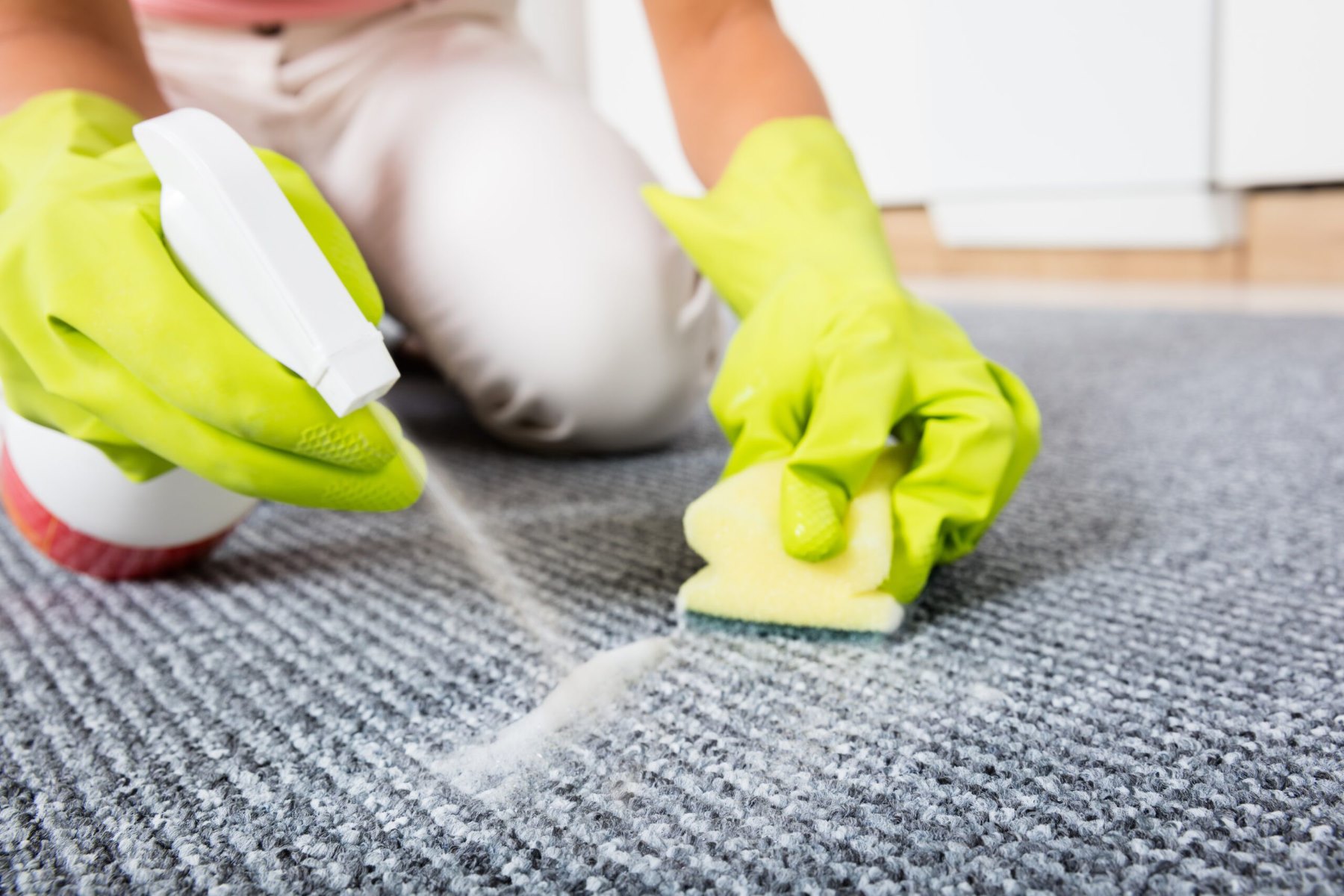
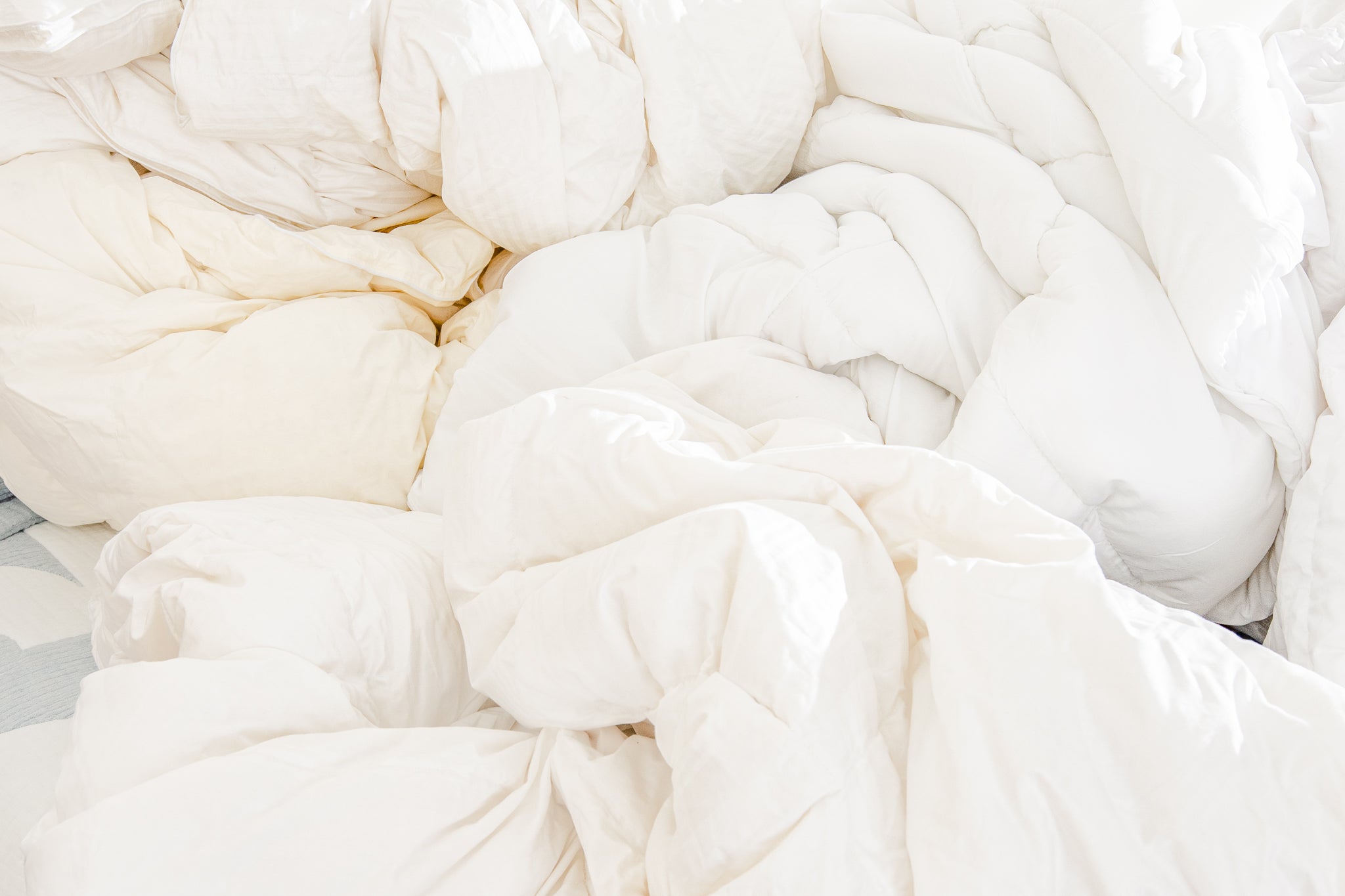
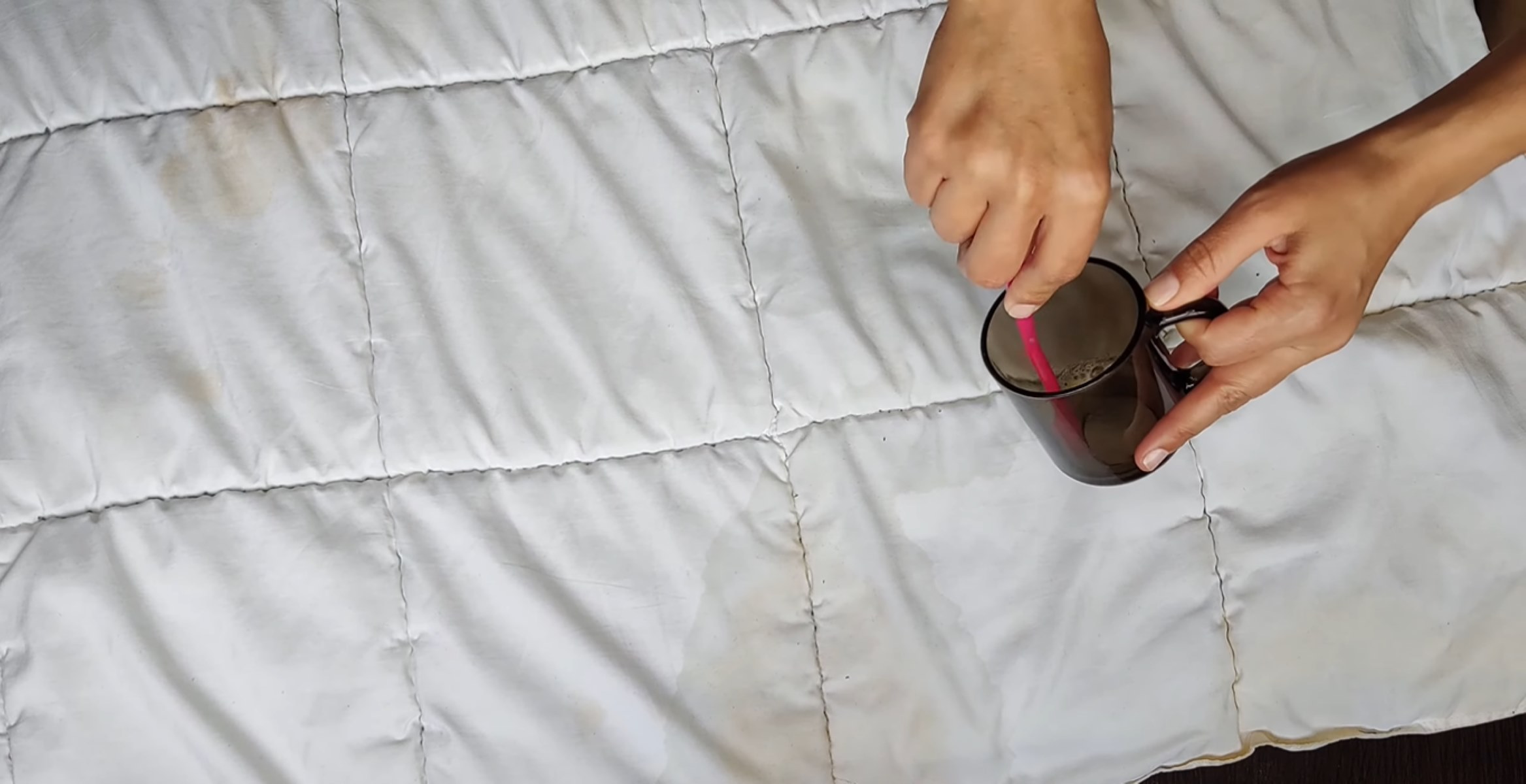
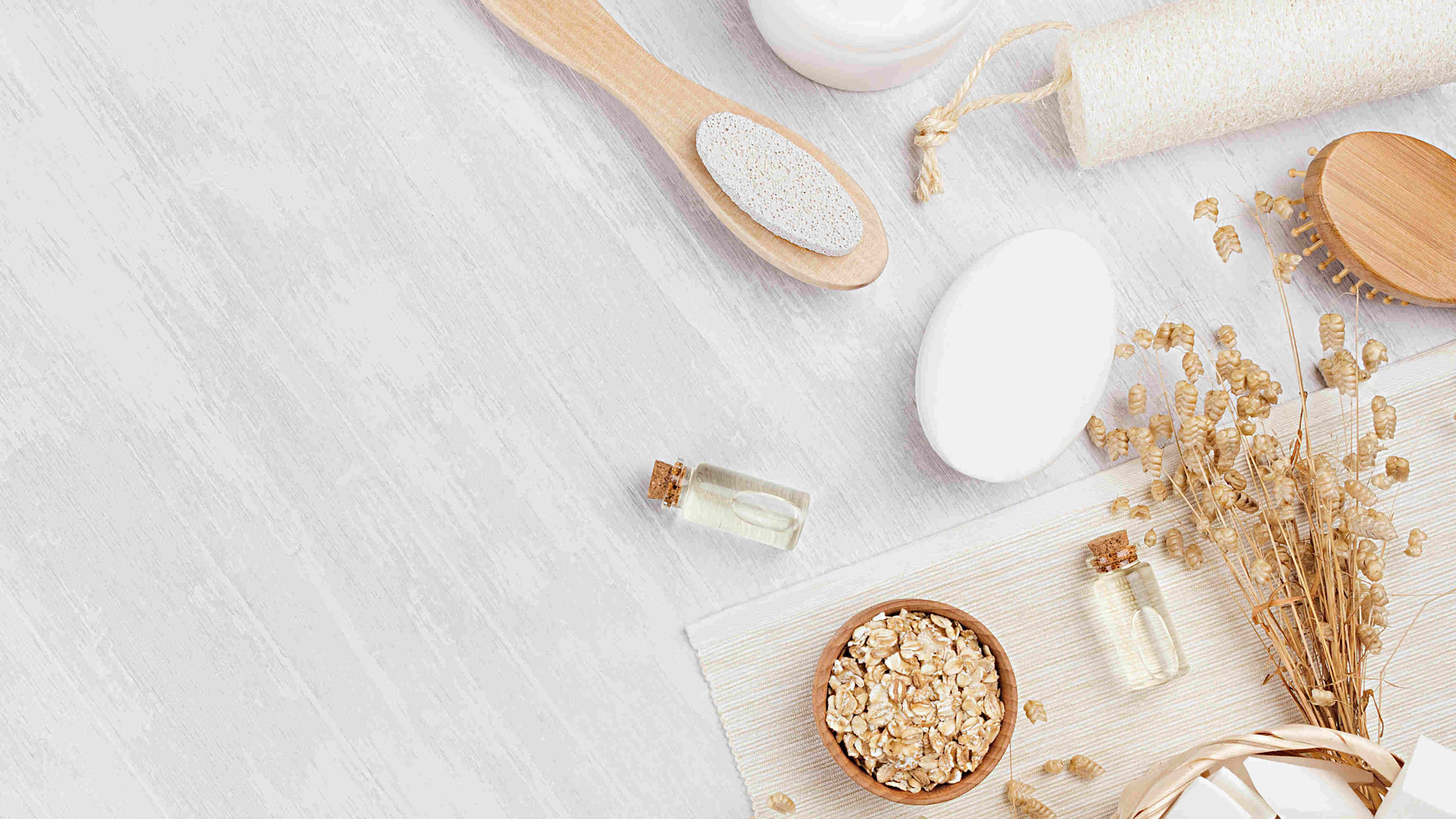
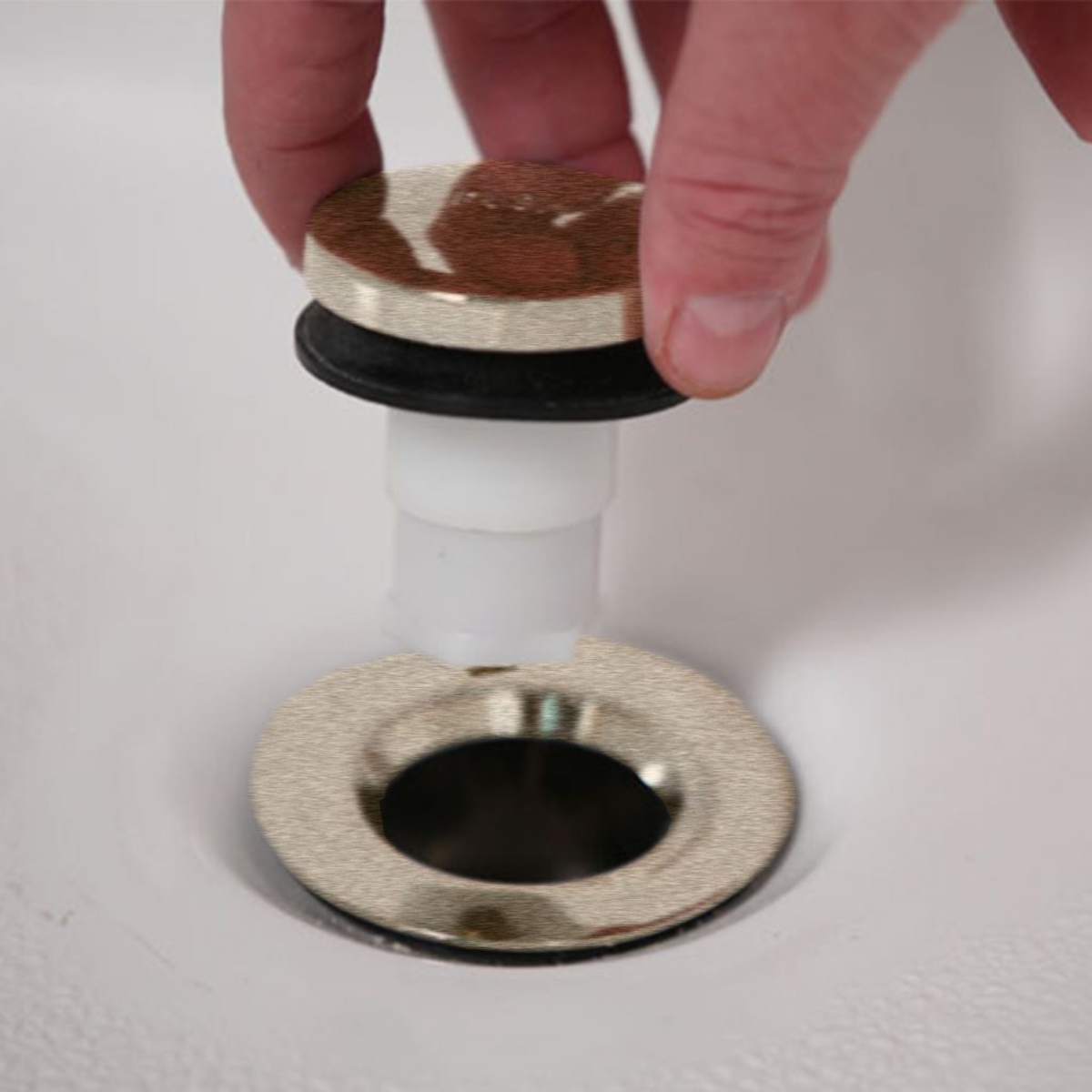
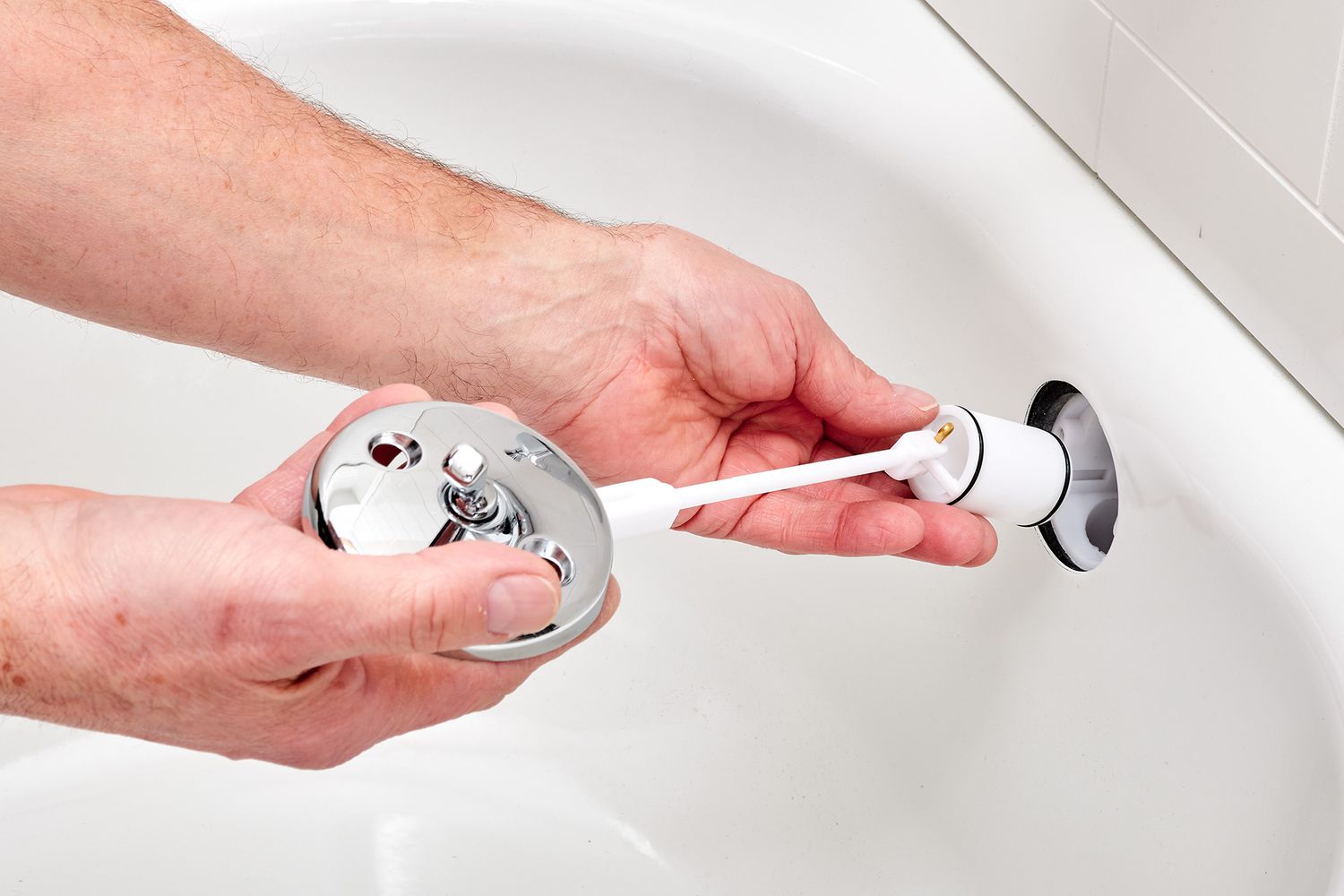
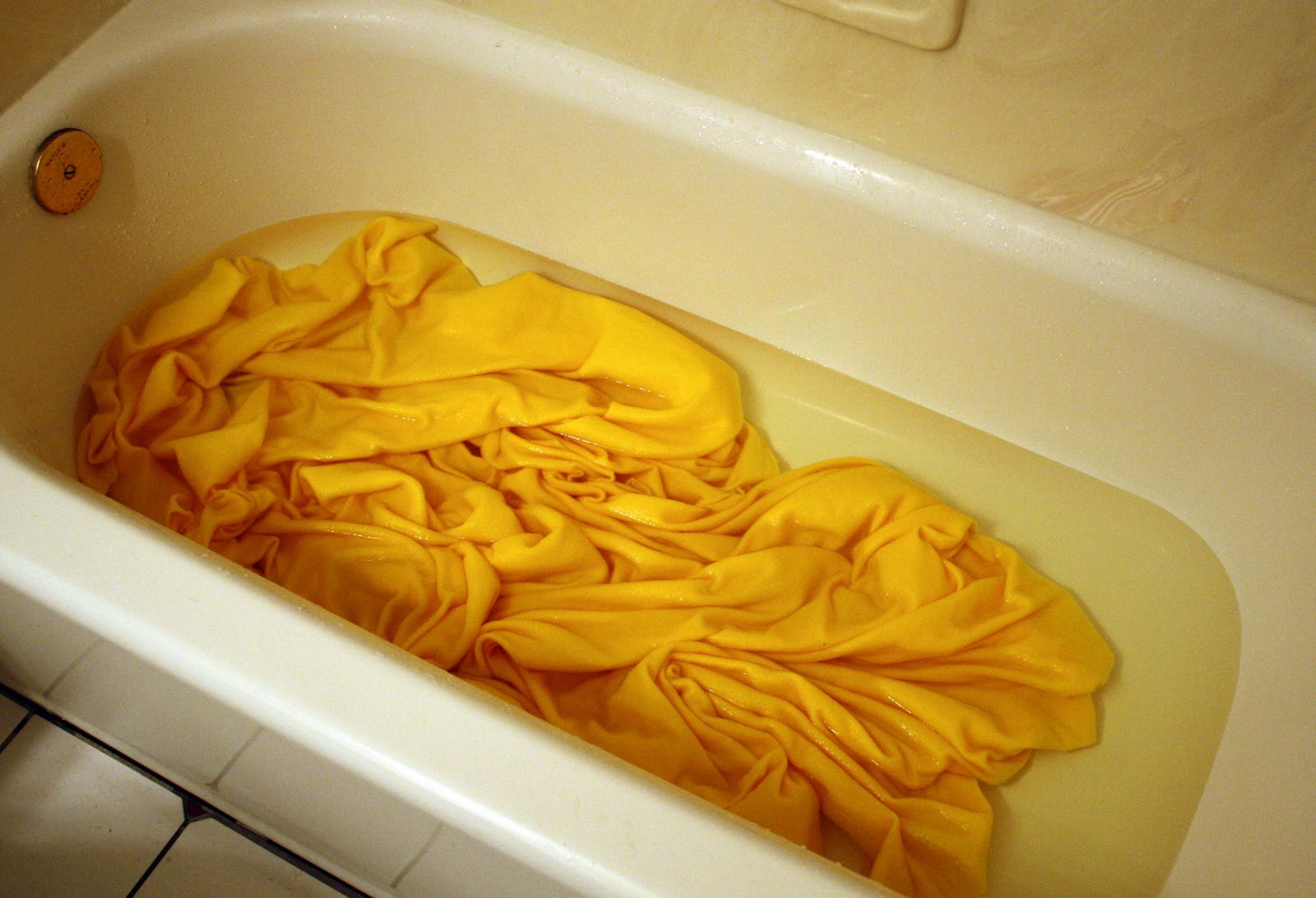
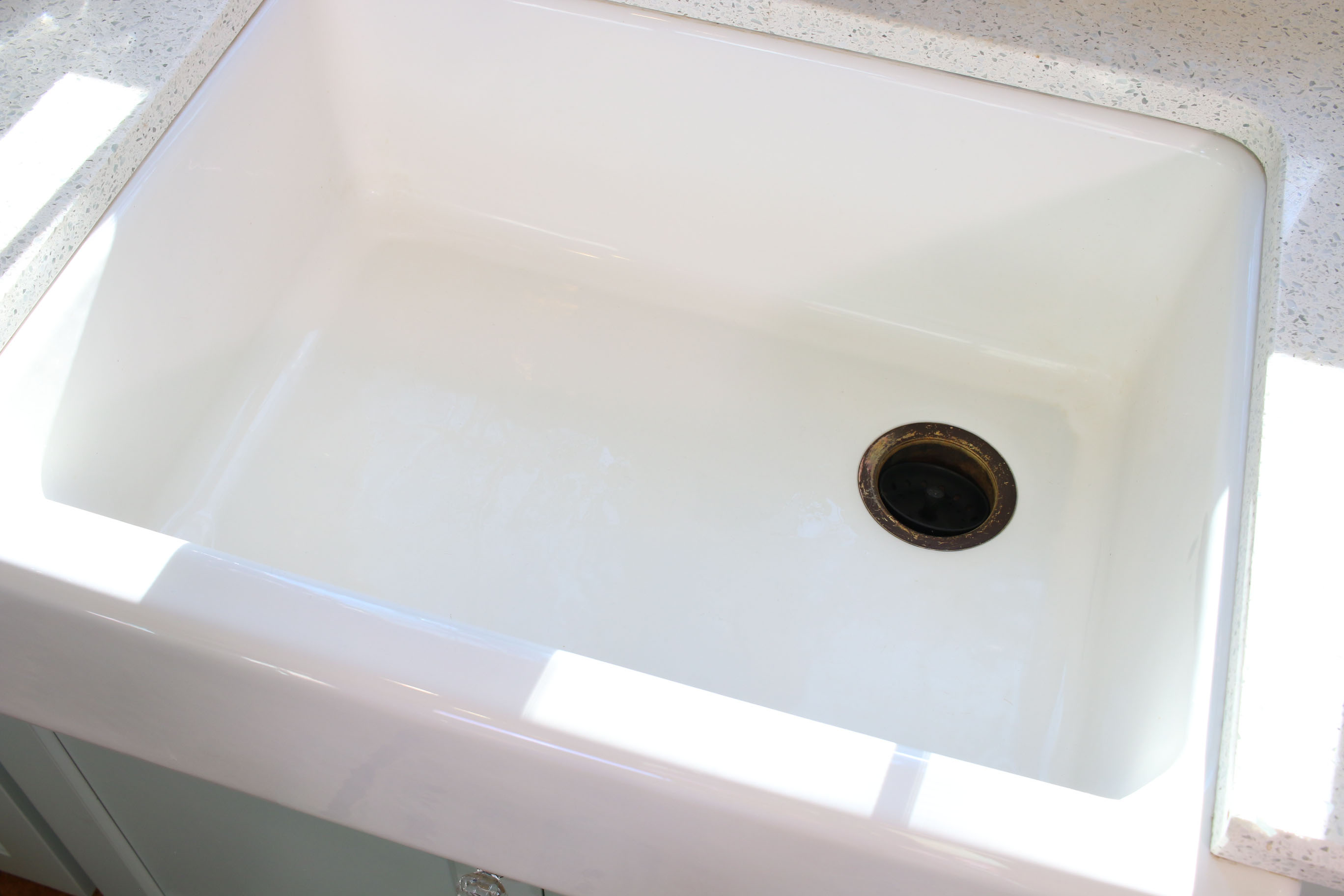
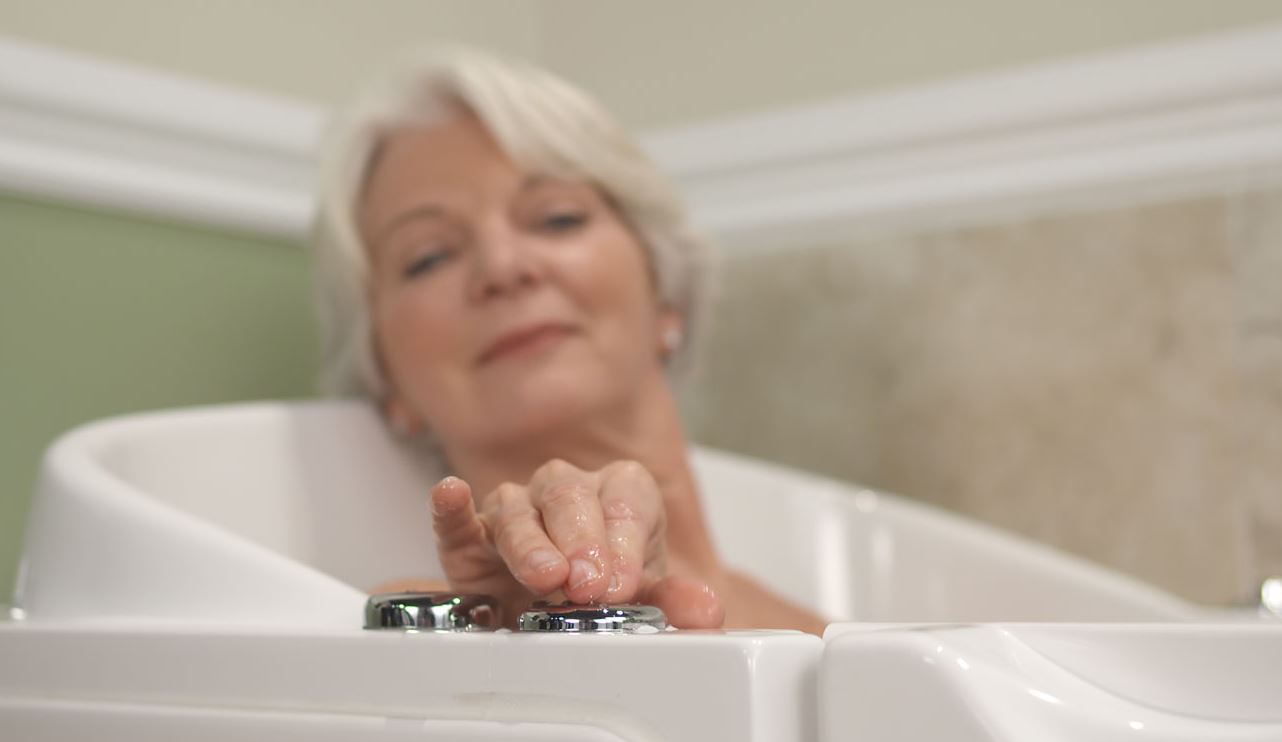
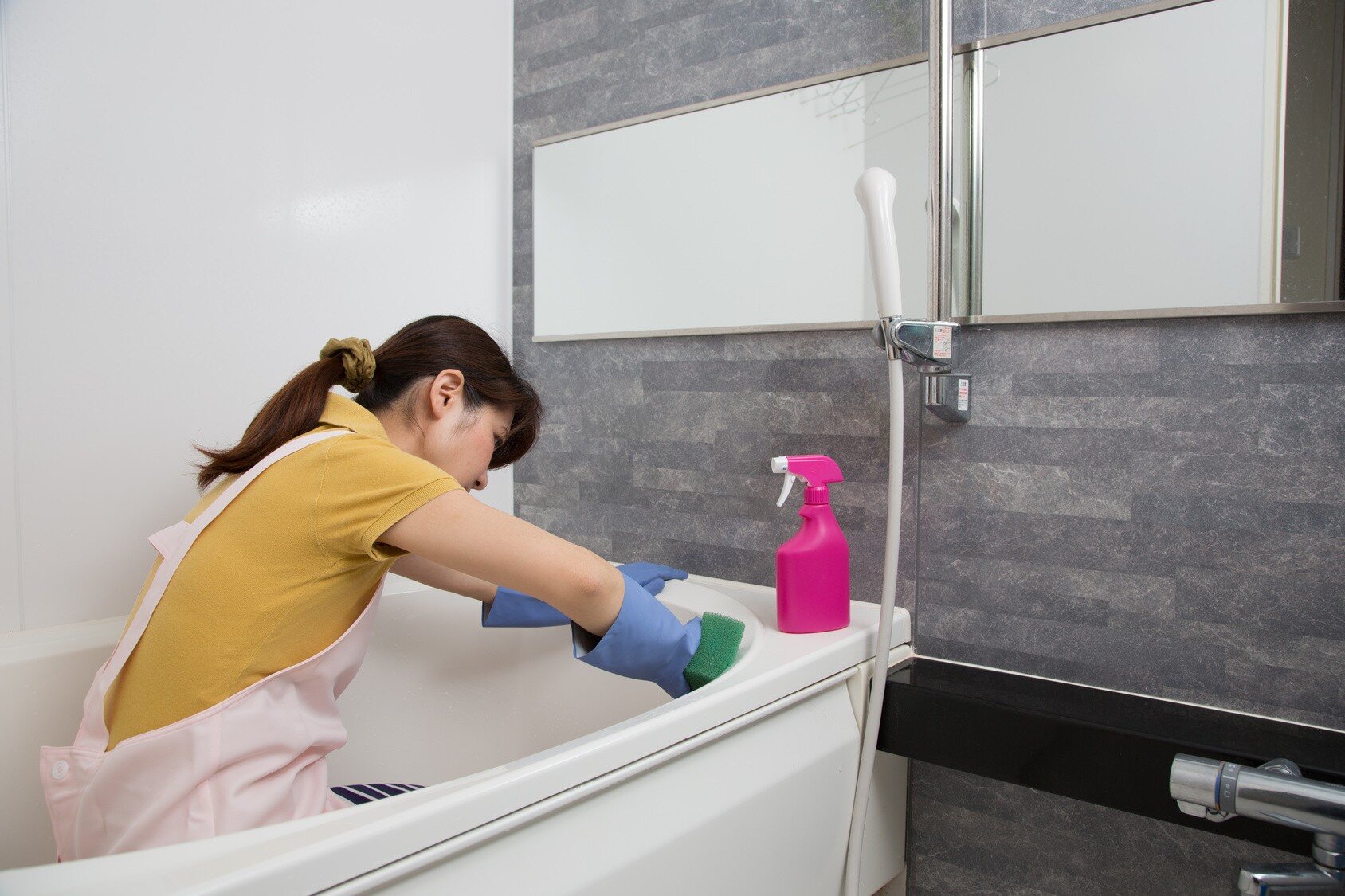
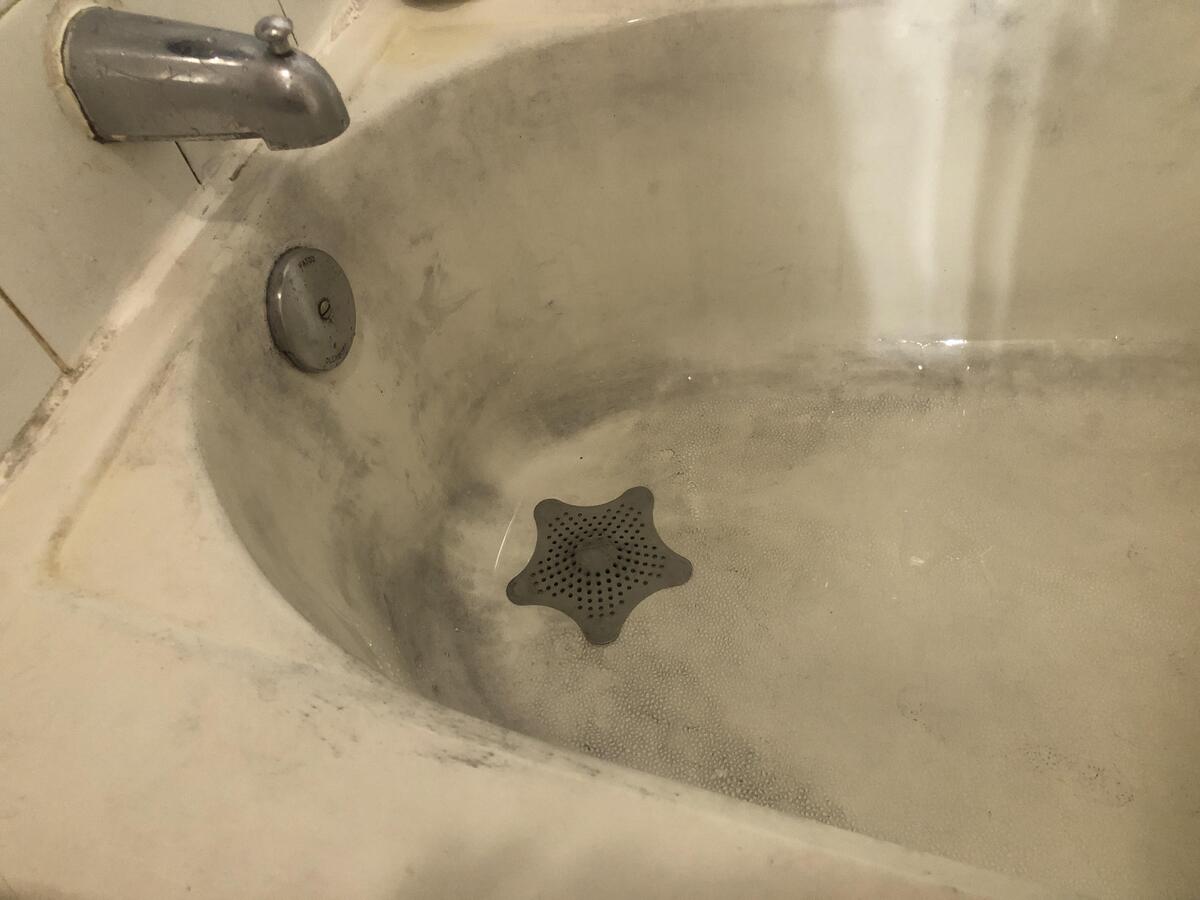

0 thoughts on “How To Get Purple Stain Out Of Bathtub”